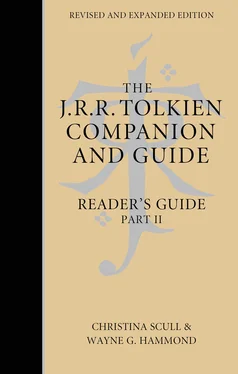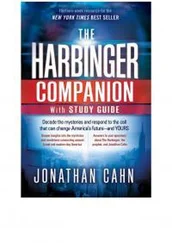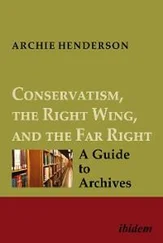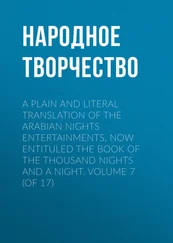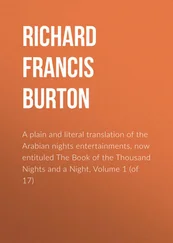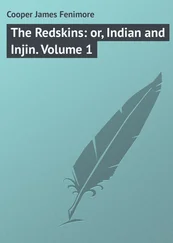Haigh’s Glossary concerns the dialect spoken in South Yorkshire ‘in the geographical basin, measuring some ten to fifteen miles across, which lies in the south-west corner of the West Riding, close under the main ridges of the Pennines’ (p. vii). Tolkien first became acquainted with the work in 1923, ‘when Mr. Haigh had already lavished endless time and care upon it; almost my only contribution since has been to urge him to go on, and to assure him of the value of his work, not only to local patriotism, but to English philology generally’ (p. xiii). He compliments Haigh for having compiled a complete, not selective, glossary, which is essential for the full understanding of a dialect. Because it includes all types of words, including those of more recent times, it more nearly approaches ‘a true and lively picture of its dialect, and is of much greater value to philologists, than if it had dealt only with those rare or venerable words which are imagined to interest such people specially’ (p. xiv).
Tolkien commends the work also for ‘the excellence, humour, and idiomatic raciness of its illustrative quotations, which bear the mark of the native speaker.’ Dialect words are dead when isolated from ‘colloquial instances’ (p. xiv). A ‘foreigner’ to the district, Tolkien is interested in its speech because
even if not a student of dialect generally, … his attention is at once aroused by this dialect because of the very region to which it belongs – the North-West … the field of dialectal competition and mingling at a particularly important boundary, the borders of the Northern and the (Western) Midland, and the scene of the swaying fortunes of different types of English since very early times …. [p. xv]
He also remarks that
the North-West became later, in the fourteenth century, the centre of a revival of writings in vernacular speech, of which the most interesting examples preserved are poems in an alliterative metre descended from the old verse of Anglo-Saxon times, though clothed in a language now difficult to read because of its strong Scandinavian element and its many other peculiar and obscure dialectal words …. [p. xvi]
Books such as Haigh’s Glossary ‘throw valuable light on the meanings or forms of words’ in old poems, including * Sir Gawain and the Green Knight , * Pearl , and the Wars of Alexander (p. xvi).
See further, Janet Brennan Croft, ‘Walter E. Haigh, Author of A New Glossary of the Huddersfield District ’, Tolkien Studies 4 (2007). Croft suggests that ‘Tolkien most likely met Haigh [1856–1931] through the Yorkshire Dialect Society’ (p. 185).
‘The New Lay of Gudrún’ see The Legend of Sigurd and Gudrún
‘The New Lay of the Völsungs’ see The Legend of Sigurd and Gudrún
The New Shadow. Abandoned sequel to * The Lord of the Rings , published with commentary and notes in * The Peoples of Middle-earth (1996), pp. 409–21.
The brief text is set during the reign of Eldarion, son of King Elessar. Borlas, son of Beregond, now an old man, is visited by Saelon (in earlier versions Egalmoth or Arthael), whom he had rebuked as a boy not only for stealing good fruit, but also for destroying unripe fruit, calling his action ‘Orcs’ work’. The two discuss that occasion, the roots of evil in Men (‘the roots of Evil lie deep, and from far off comes the poison that works in us’, p. 414), and ‘rumours’ they have heard. Saelon invites Borlas, if he would know more, to come with him that evening. It is not clear if Saelon is working with or against a barely suggested conspiracy.
In a letter to Colin Bailey, 13 May 1964, Tolkien comments that he began ‘a story placed about 100 years after the Downfall [of Sauron], but it proved both sinister and depressing’, showing ‘the most regrettable feature’ of human nature,
quick satiety with good. So that the people of Gondor in times of peace, justice and prosperity, would become discontented and restless – while the dynasts descended from Aragorn would become just kings and governors …. I found that even so early there was an outcrop of revolutionary plots, about a centre of secret Satanic religion; while Gondorian boys were playing at being Orcs and going round doing damage. I could have written a ‘thriller’ about the plot and its discovery and overthrow – but it would be just that. Not worth doing. [ Letters , p. 344]
Compare his letter to Father Douglas Carter, ?6 June 1972:
I have written nothing beyond the first few years of the Fourth Age. (Except the beginning of a tale supposed to refer to the end of the reign of Eldaron about 100 years after the death of Aragorn. Then I of course discovered that the King’s Peace would contain no tales worth recounting; and his wars would have little interest after the overthrow of Sauron; but that almost certainly a restlessness would appear about then, owing to the (it seems) inevitable boredom of Men with the good: there would be secret societies practising dark cults, and ‘orc-cults’ among adolescents.) [ Letters , p. 419]
It seems unlikely that Tolkien began to write The New Shadow before the publication of The Lord of the Rings (1954–5), but there is evidence that its first versions were in existence by late 1958. The first draft opening of the story extends for two sides of a sheet and is accompanied by other manuscript material. Tolkien then wrote a clear manuscript, followed by a typescript in which he made minor emendations and improvements; both manuscript and typescript end at the same point, at the farthest point the story ever reached. The typescript and an amanuensis typescript based upon it were both produced on the machine that Tolkien used up to the end of 1958, except for the first page of the amanuensis typescript, which was made on the typewriter he used from the beginning of 1959. Several years later, probably at the beginning of 1968, Tolkien made another typescript with many emendations, none of significance to the story: this did not reach as far as the earlier versions.
Newby, Percy Howard(1918–1997). P.H. Newby was a prolific writer of novels, including A Journey to the Interior (1945) and The Picnic at Sakkara (1955). His Something to Answer For (1968) was the first winner of the Booker Prize. He also wrote non-fiction books, such as The Warrior Pharaohs (1980). In 1946–8 he lectured in English literature at Fouad I University in Cairo. In 1949 he joined BBC radio as a producer in the Talks Department; in that capacity, in June–July 1953, he expressed an interest in broadcasting Tolkien’s Modern English translation of * Sir Gawain and the Green Knight . Tolkien and Newby met for tea at Merton College, Oxford on 31 July 1953 to discuss how the work should be read and introduced. Although Tolkien wanted to do this himself, Newby felt that he was not good enough to read the whole poem; in the event, it was read by several voices.
Newby and Tolkien later discussed other possible topics for radio talks, such as the eighteenth-century Grammarians, fairy-stories, and Tolkien’s old teacher *Joseph Wright; but none came about, at least not with Tolkien in the broadcast. Newby was also instrumental in fostering interest at the BBC in Tolkien’s verse dialogue of the Battle of Maldon, * The Homecoming of Beorhtnoth Beorhthelm’s Son (1953). He was not impressed, however, with * Smith of Wootton Major , which Tolkien stipulated should not be cut, or with Tolkien’s offer to read it himself.
Late in 1958 Newby became Controller of the BBC Third Programme, and at the end of 1971 rose to the position of Director of Programmes, Radio. He retired in 1978.
Читать дальше
